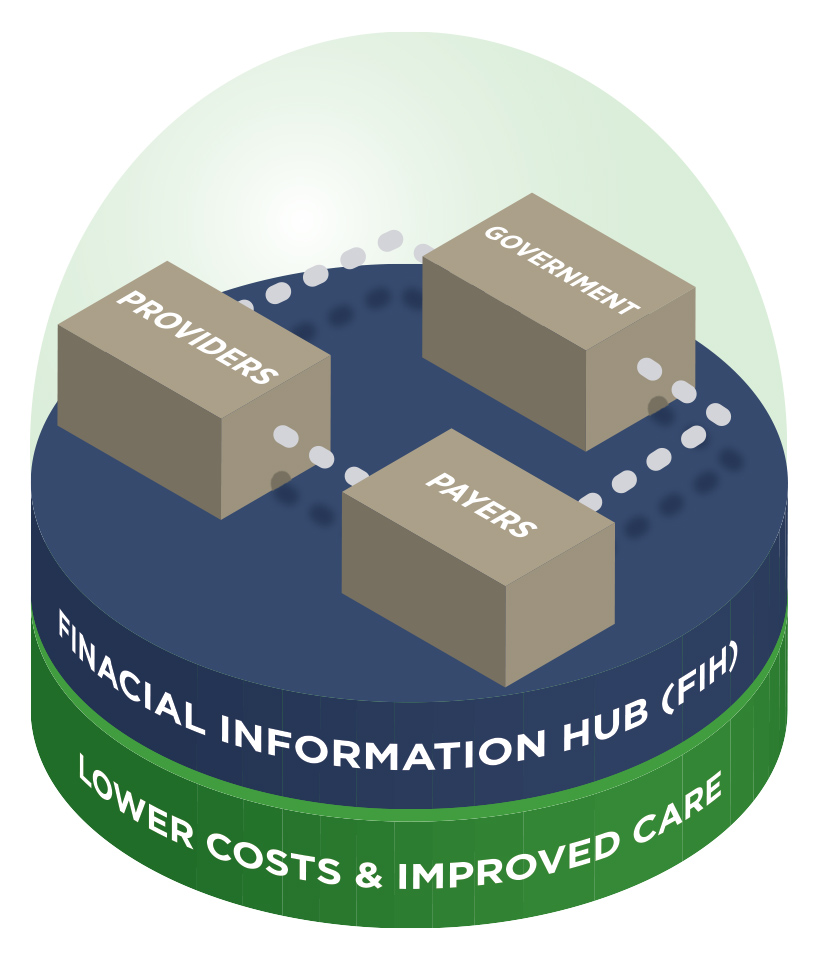Case Study October 3, 2013
Designing a Financial Information Hub
Trexin led a top-five payer to modernize its financial information strategy to capitalize on disruptive industry changes.
Business Driver
The US healthcare system is undergoing significant change in both the regulatory framework under which it operates as well as the marketplace in which its participants must compete. To address both the threats and opportunities associated with this type of disruptive industry change, a large healthcare payer engaged Trexin to help it modernize its financial information strategy. Specifically, our Client wanted to ensure that it can:
- Meet Affordable Care Act (ACA) financial reporting timelines and other internal and external requirements requiring extensive analytical capabilities
- Decrease reliance on deep subject matter experts to manually reconcile financial data, allowing those SMEs to instead focus their energy on modeling and forecasting the changing business climate
- Consolidate financial and risk information to minimize manual balancing and reconciliation processes
- Create more granular and standardized classifications of financial data to allow flexibility in meeting the changing regulatory environment
- Reduce the manually intensive cycle for the financial closing process to enable the reporting of regulatory filings in a timely manner as mandated by the ACA
Approach
Working on behalf of our Client’s enterprise analytics leadership, Trexin partnered with teams from Finance, Actuarial, Information Technology, and Strategic Sourcing to:
- Conduct an assessment of the business process and information management requirements from a business, finance, regulatory, and technology perspective
- Document the current-state operating model and key challenge
- Develop a future-state target operating model and technical architecture
- Evaluate potential technology product vendors and their solutions through a formal RFI process

Results
The financial information strategy that Trexin led aligned business and IT needs on a common set of requirements across the various finance and actuarial business units. This comprehensive strategy included a detailed Business Case, a high-level Analysis and Design, and a Solution Architecture and Roadmap for implementation. The scale of the financial information hub is vast, including over 30 data source systems and up to 40 other potential inputs, more than 500 reports and extracts, and the decommissioning of two mainframe systems, the legacy enterprise data warehouse, a dozen business applications, and various departmental data marts and spreadsheets. The solution envisions a revamped enterprise information management (EIM) system with full integration technologies, a business intelligence (BI) system with in-memory capabilities, and new enterprise performance management (EPM) system with capabilities for Financial Reconciliation Management, Cost & Profitability Management, Financial-Close Management, and Financial Reporting and Disclosure Management.

